6 Tips for Improving Communication in Remote Work
Learn 6 effective communication strategies and best practices to combat remote work barriers and loneliness.
When communication falls through the cracks, work suffers and employees feel isolated and lonely. While it is possible for workplaces to communicate effectively in a remote environment, it isn’t easy, and developing the skills necessary to maintain this communication won’t happen overnight. Shifting from a physical work environment to a dispersed workforce with remote setups all around the world can challenge even the most experienced teams.
- How communication is affected by remote work
- Signs of poor communication in remote work
- Challenges of remote communication
- How to improve your team’s remote communication
- Types of remote communication
- How Fellow can improve communication in remote teams
How communication is affected by remote work
Communication can be incredibly challenging when embracing a remote work model, largely because many employees have been trained or conditioned to work in in-person environments. Working remotely will result in a lack of face-to-face interactions, which may lead to feelings of loneliness, isolation, or unhappiness. Communication also tends to diminish when there aren’t concrete processes and systems in place to support employee communication in a remote environment. Additional barriers that come into play include competing time zones and the inability to interpret body language or meet in person.
Signs of poor communication in remote work
1Having no meeting purpose
One tell-tale sign of poor communication in remote work is having no meeting purpose. If you’re frequently hosting or attending meetings that don’t have a purpose, it may be because you aren’t prioritizing effective communication. When the meeting’s purpose is communicated effectively—that is, in a way that ensures everyone has a clear understanding of what must be achieved—the meeting organizer and participants will be aligned on the purpose of the meeting, helping it to run smoothly.
2Having too many meetings
Is your calendar full of back-to-back meetings? This may be a sign of poor communication. Oftentimes if communication isn’t prioritized, employees will default to requesting or hosting meetings in search of answers. Prioritizing effective communication in remote work will help eliminate unnecessary meetings.
3Lacking follow-through
Are you or your teammates failing to hit deadlines or follow through on assigned tasks? This may be because expectations weren’t clear from the start. Failing to clearly assign and communicate action items may result in a lack of follow-through, which can be detrimental to the long-term success of your organization.
4Overcommunicating
While overcommunication can be beneficial in some scenarios, it can also be distracting, time consuming, and confusing. If you notice that you are constantly asking questions or going over the same pieces of information time and time again, it may be because of poor communication.
Challenges of remote communication
Many organizations were forced into remote work during the COVID-19 pandemic. As a result, many remote work employees received no training and were instead expected to embrace remote work communication with open arms. With this rise of remote work and emerging technologies came several challenges, including a lack of face-to-face interactions, communication barriers (like conflicting time zones, language barriers, and cultural differences), technology issues and barriers (like poor internet connectivity, power outages, or glitches), isolation and loneliness, overcommunication or under communication, a lack of non-verbal cues, and frequent miscommunication.
To mitigate the challenges that come with remote work communication, it’s important to invest in effective communication tools and strategies, establish clear communication guidelines, and prioritize regular check-ins and one-on-one meetings.

Run effective, engaged remote meetings from anywhere
Keep your virtual meetings on track with Fellow’s collaborative agendas, real-time notetaking, and feedback.
How to improve your team’s remote communication
- Address communication gaps
- Host regular one-on-one meetings
- Establish remote communication guidelines
- Use a remote communication tool
- Avoid micromanaging with overcommunication
- Communicate clearly
1Address communication gaps
Addressing communication gaps is crucial for several reasons, including preventing misunderstandings, fostering trust, enhancing collaboration and innovation, and supporting decision making. Identifying areas for improvement and implementing strategies to mitigate challenges within your internal communication channels will help you and your teammates achieve effective and efficient communication while working remotely. This will help reduce misunderstandings, conflicts, inefficiencies, and missed opportunities.
2Host regular one-on-one meetings
It can be difficult to communicate in remote work, which is why it’s important to check in regularly by hosting frequent one-on-one meetings. Not only will prioritizing check-ins let your teammates know that they’re supported, but it will also allow you to gain an in-depth understanding of their progress as well as any roadblocks or hurdles they may be facing.
Fellow makes it easy for managers like yourself and your direct reports to collaborate on talking points, exchange feedback, and host engaging conversations during one-on-ones, ensuring effective communication is always top of mind. By preparing meeting agendas in advance with Fellow, you can ensure your meeting has a purpose and hold your teammates accountable before, during, and after every meeting.
3Establish remote communication guidelines
Communication guidelines are principles or best practices agreed upon by an organization to improve communication in remote work. Remote communication guidelines help ensure there is no guesswork when it comes to respectful, appropriate communication in the workplace. Common guidelines include practicing active listening, being clear and concise, avoiding assumptions, using respectful language, considering timing, being open to feedback, avoiding gossip and emotional reactions, and clarifying expectations when necessary.
With Fellow, you can shape effective communication in remote work with built-in Meeting Guidelines. Whether by ensuring all meetings are high value by getting your team to think consciously about the cost of a meeting or prompting meeting organizers to book meetings with a defined purpose and lots of notice, Fellow’s Meeting Guidelines will help you transform meetings across your organization.
4Use a remote communication tool
Communication in remote work can be difficult, so it’s important to use all the tools you have at your disposal. Remote communication tools make it possible to exchange information quickly and efficiently and typically house features that help create a centralized hub for internal communication. Additionally, internal communication tools often gather real-time insights that enable you to inform future strategies with concrete data.
Fellow is an internal communication tool like no other, empowering users to improve internal operations and boost employee engagement by making it possible for leaders, managers, direct reports, and peers to collaborate on meeting agendas, assign action items, get suggested conversation topics, and exchange feedback in real time.
5Avoid micromanaging with overcommunication
While your intentions with overcommunication may be pure, it’s important to refrain from micromanaging with overcommunication to preserve autonomy and empowerment. Not only does micromanaging your team lead to underperforming and unmotivated employees, but it also means your employees will constantly look to you for guidance instead of having the confidence they need to do their best work without your input. Additionally, micromanaging your employees will make your team feel as though they need your constant approval, which will ultimately take a toll on your schedule and energy.
6Communicate clearly
Communicating clearly and consistently helps you build a more positive company culture by eliminating the risk of miscommunication while creating a sense of clarity for your team. Overcommunicating—whether it be project instructions or daily check-ins—helps prevent misunderstandings, keeps key information top of mind, and makes sure everyone on your team is on the same page. If your remote teammates don’t have to second guess themselves or actively source information that should have already been readily available, they’ll be more inclined to work efficiently.
Types of remote communication
1Videoconferencing
Largely popularized during the pandemic, videoconferencing tools like Zoom, Skype, and Google Meet are used to connect, share ideas, and host meetings in real time with video capabilities. Videoconferencing plays a crucial role in maintaining effective communication while working remotely by bridging geographical gaps, enhancing working relationships, and empowering remote teams to work together seamlessly.
2Asynchronous messaging
Asynchronous communication tools like video recordings through Loom or asynchronous meetings using Fellow are excellent resources that can be used to help remote teams connect and share information. Unlike other types of remote communication, these are asynchronous tools, meaning the interactions that take place with these tools don’t occur in real time.
3Instant messaging
Instant messaging platforms like Slack and Microsoft Teams provide remote teams with the ability to stay connected in real time regardless of varying geographical locations. Team members are also able to access instant messaging platforms from both mobile and desktop devices, ensuring teammates can always be connected and informed.
4Email
For messages that don’t require an immediate response, remote teams can use email to communicate with one another. Email platforms like Outlook and Gmail allow teammates to stay connected, provide timely updates, and share calendars, ensuring everyone is up to date and informed on a daily basis.
5File-sharing platforms
File-sharing tools like Dropbox, Google Drive, and OneDrive provide remote teams with a centralized hub where they can share information, work on shared projects, and collaborate in real time, helping remote teams stay connected and engaged. For example, if your team has to collaborate on a marketing plan, you may choose to leverage a Google Doc to collaborate on the initial framework. If you have to share files with your teammates, you may leverage Dropbox or OneDrive.
How Fellow can improve communication in remote teams
Fellow makes remote meetings worth showing up for. Collaborate on a meeting agenda that inspires a productive conversation, use video to make your virtual meeting a more engaging experience, carry over incomplete talking points and action items from previous team meetings, and ask your team for suggestions and feedback about your remote meetings. Fellow also integrates with video conferencing tools like Google Meet, Zoom, and Microsoft Teams to collaborate on meeting agendas without leaving your video call by bringing Fellow meeting agendas and notes into the tool automatically.
Plus, Fellow’s AI-generated meeting agendas, suggested topics, and AI meeting transcription elevate your remote meetings from start to finish. Before the meeting, use AI to instantly build thoughtful meeting agendas. During the meeting, stay present with AI meeting transcription. And after the meeting, keep an accurate record of discussions and decisions with AI meeting summaries.
Fellow’s meeting guidelines also working together to transform meetings across your organization with meeting best practices integrated into every Google Calendar event. Enable thoughtful meeting creation, boost meeting engagement, and make room for deep work and execution.
Are you ready to improve communication in remote work?
While improving communication in remote work may seem like a monumental task, it’s important to refrain from getting discouraged. Implementing strategies and tactics over time will allow you to make steady progress until you’ve successfully conquered your remote work communication barriers.

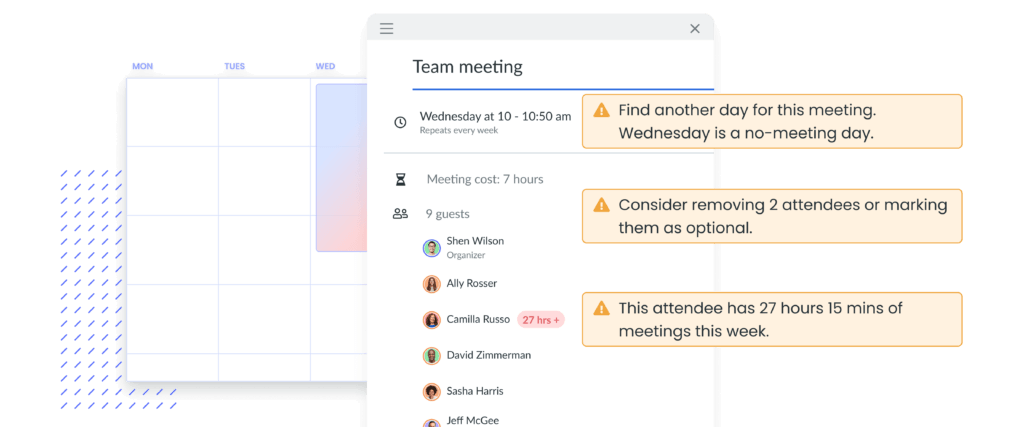




![How to Set Productivity Goals for 2024 [+ Examples]](https://fellow.app/wp-content/uploads/2023/12/productivity-goals-2.jpg)





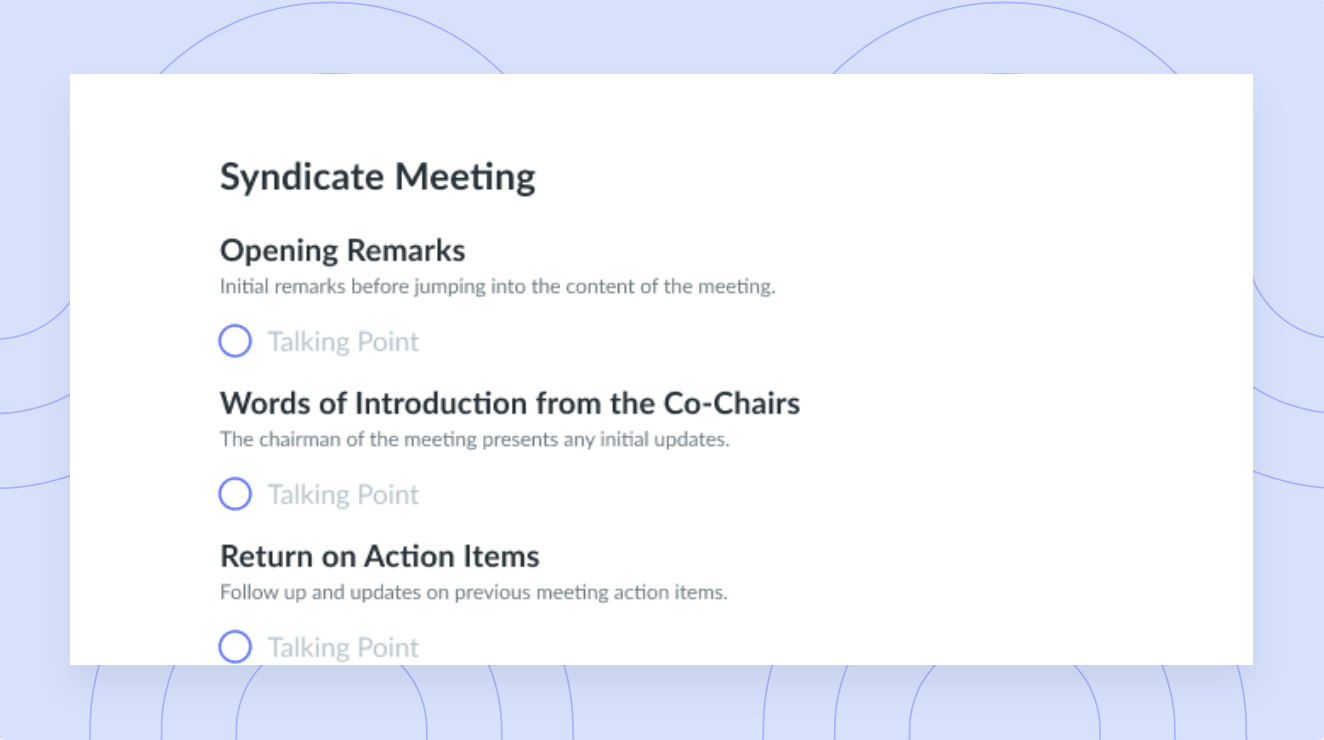
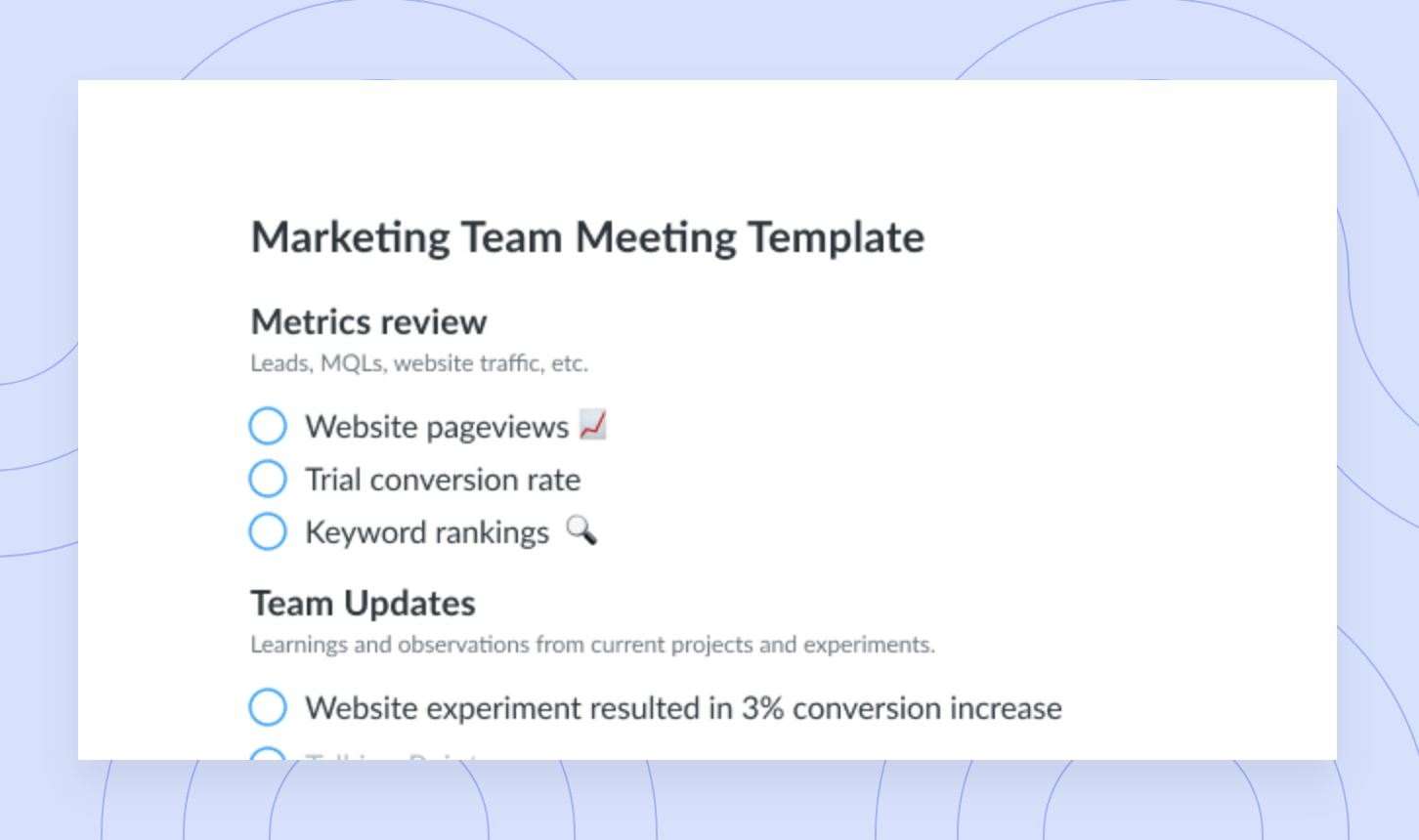


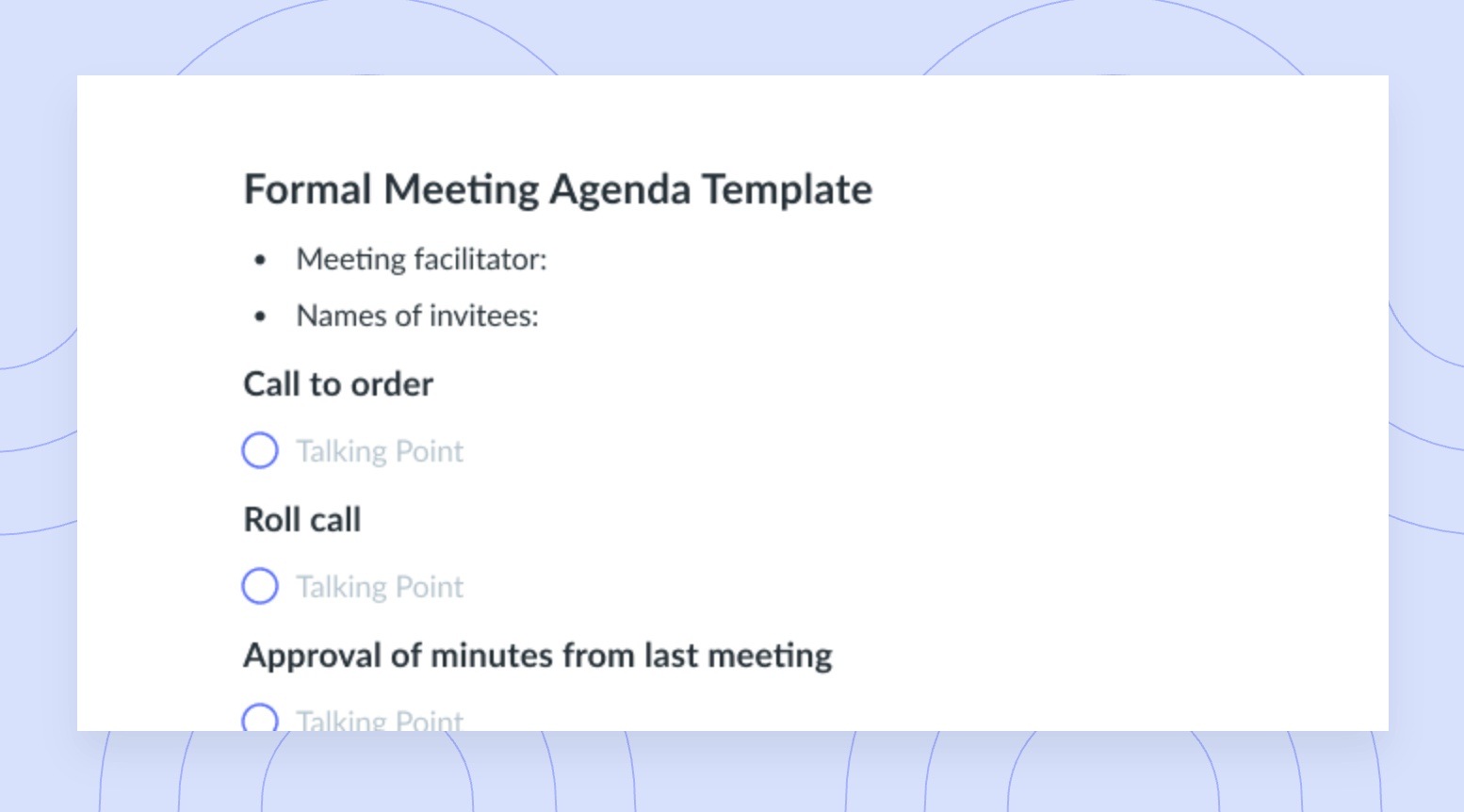
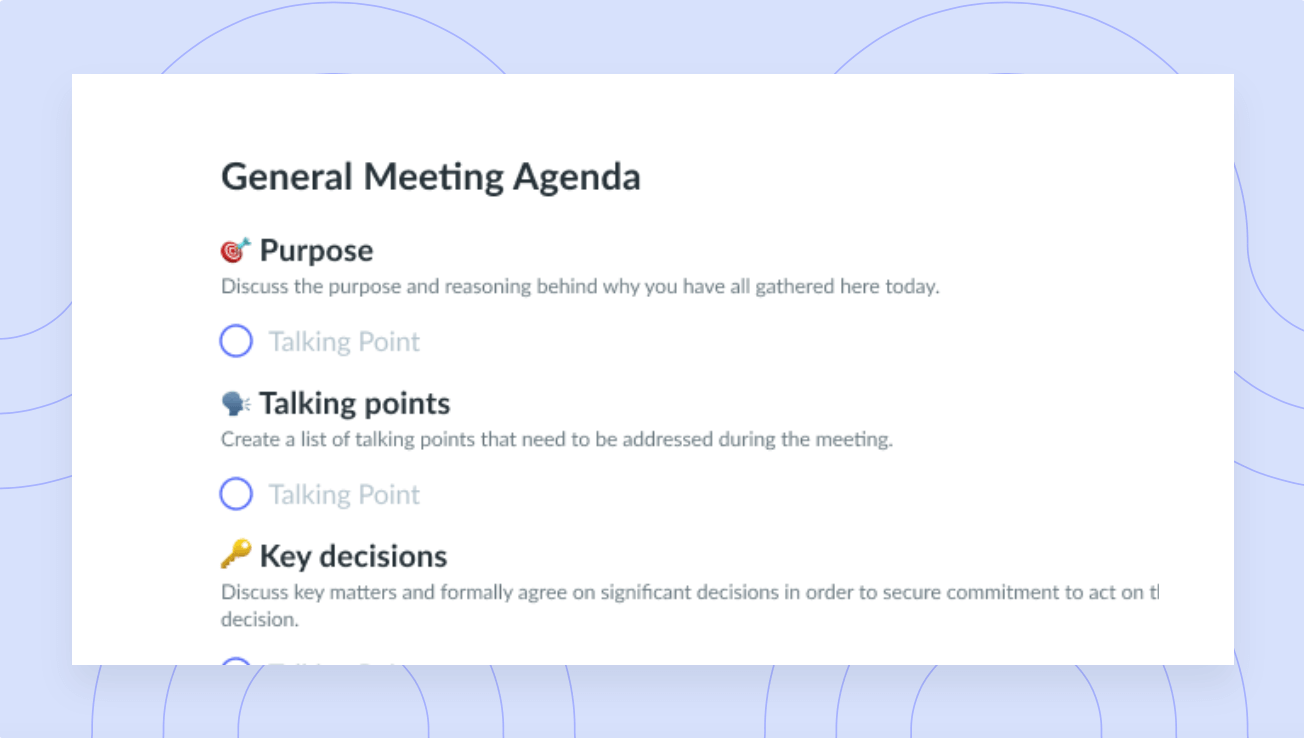
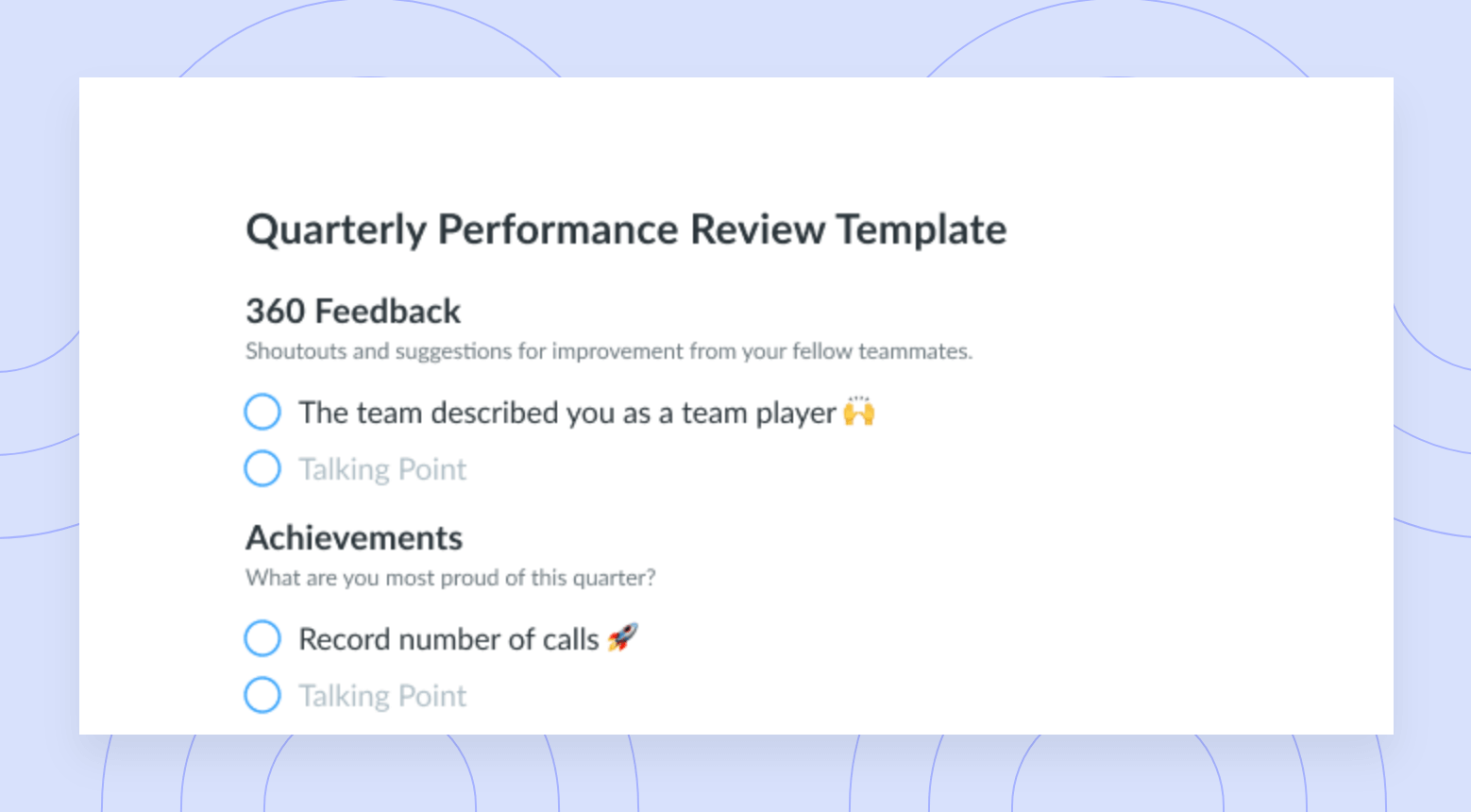
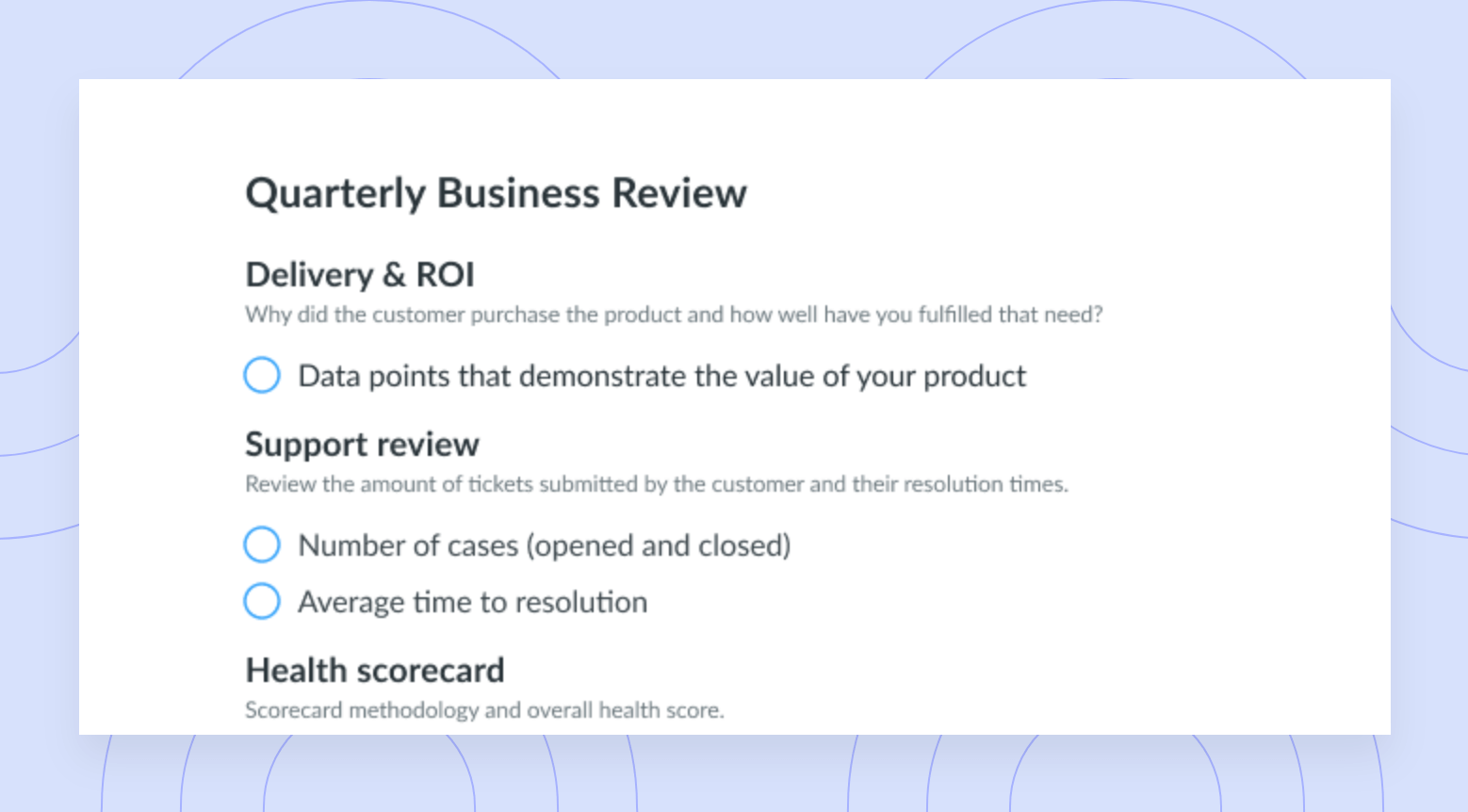
![What? So What? Now What? [Reflection Meeting] Template](https://fellow.app/wp-content/uploads/2021/08/What-So-What-Now-what-preview-v2.png)










